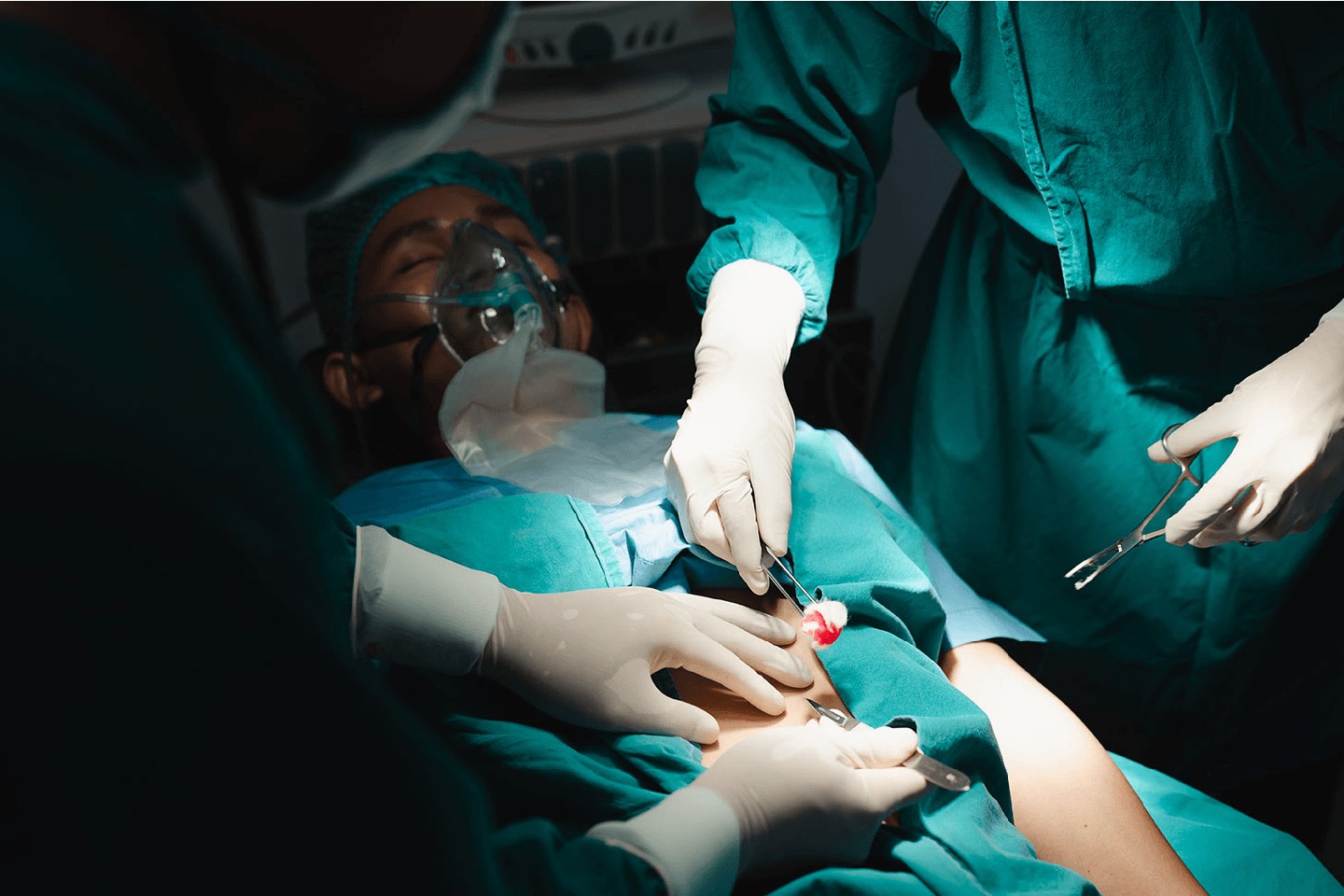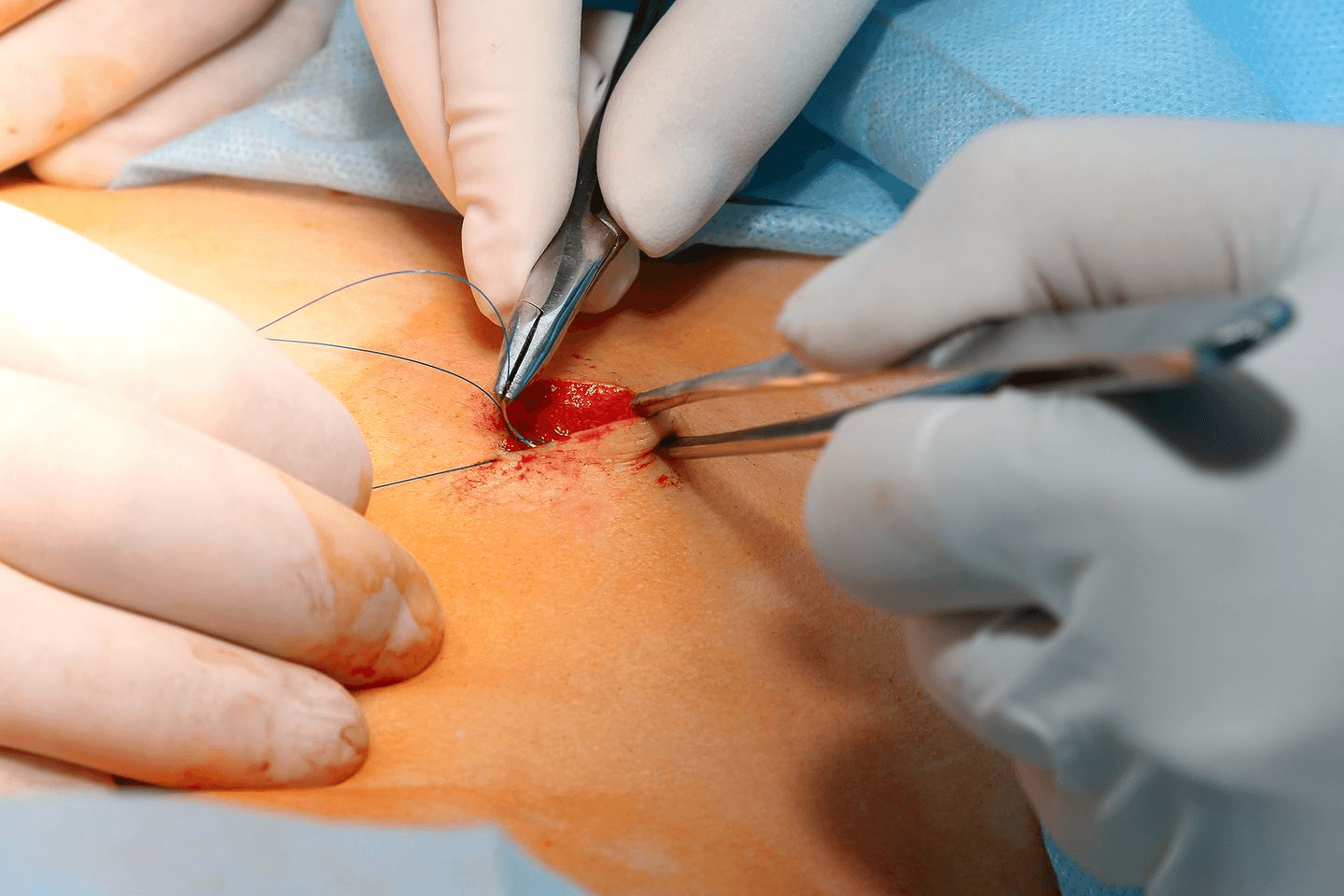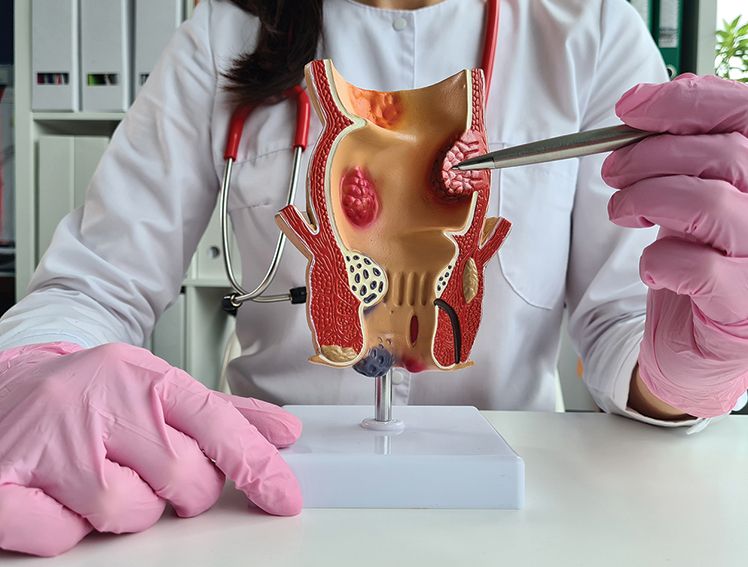
What is Open Surgery?
What is Open Surgery?
You may have heard the term open surgery in medical TV shows. Between the dramatic sequences, the shows must have also given you a rough overview of how these surgeries are conducted. This type of surgery is what laypeople usually assume is the route doctors will take in the operating theatre.
TV shows or movies, however, should not be your only point of reference because the entire process is not quite as theatrical. Suppose you are curious to know more about open surgery, especially if you or your loved one is about to go through this medical process. In that case, it’s best to refer to a doctor.
While your doctor is the most reliable source of information, it is natural to jump on the internet to dig deeper about something like this. Besides having our questions answered by your doctor, doing our research can help us acquaint ourselves better with this topic so that we can go forward with the process with a more relaxed and open state of mind. Read on to understand what open surgery means.
Open surgery is a traditional method of surgery where the surgeon makes an incision with a scalpel to gain access to the damaged/affected organ. Depending on the requirement of the surgery, the incision can be as small as 3 to 4 inches or larger incisions up to 10 inches. This incision gives the surgeon a full view of the organs or tissues they are operating on.
Open surgery has become less frequent in practice with advancements in surgical methodology. Minimal-invasive surgery has become the go-to option, requiring little to the patient’s body. There is also robotic surgery, wherein a high-tech robot assists the surgeon. You can relate it with a very technical video game. And why not choose something that requires minimal or smaller incisions, lowers pain, aids healing quicker, gives minimal scarring, and reduces chances of infection, excessive bleeding, or other post-operative complications?
However, some circumstances require medical practitioners to opt for open surgeries, so it is unlikely that minimal or non-invasive methods will fully replace them. It’s also to be noted that despite the supposed benefits of minimally invasive techniques, they are not better than the others. There are also some cases, such as gallbladder surgery, when the surgeon begins with a minimally invasive approach but then creates incisions for a better view or access to the damaged tissue or organ. We cannot pit one method against the other.
Salient features of open surgery
- Open surgery takes place in the case of organ transplants. Kidney, heart, and even liver transplants, for instance, can only be done via this method as large incisions are necessary to remove the damaged organ and replace it with a healthy one.
- This type of surgery is also preferred over minimally invasive ones when the patient has pre-existing conditions like heart disease and obesity.
- It is also recommended when the disease or damage is chronic.
- Open surgery can cost less than its other counterparts.
- It can be conducted while the patient is awake and administered with local anesthesia.
- Open surgery is also preferred when the patient has had surgery before.
- This type of surgery is also used when there is a dire need for an accurate diagnosis that the medical practitioner can make when they have a real vision of the tissues or organs. This information can help them figure out what their next preventive steps should be.
- In some instances, repairs through minimally invasive techniques are not quite as effective, so an open surgery must take place like an organ transplant.
- Besides organ transplant, the placing of supportive devices to maintain organ function, like stents in the Heart, also requires the surgeon to make incisions.
Meril leads the way with open surgery
MIRUS Linear Cutter: The MIRUS™ Linear Cutter is intended to be used in surgical procedures like gastrointestinal, thoracic, and pediatric surgery. It cuts and separates tissue between two double staggered rows. Some of the salient features of this linear cutter are uniform compression and consistent staple formation for effective hemostasis; ease of handling for better tissue manipulation; smooth transection from the knife; and push-button opening and rear hinge alignment. This linear cutter is available in 60 mm, 80 mm, and 100 mm lengths with two staple heights for different tissue thicknesses.
MIRUS Linear Stapler: The MIRUS™ Linear Stapler is for the anastomosing of tissue or organs, closing internal organs before a transection, or resectioning organs like the liver and pancreas, among others. This stapler has a disposable loading unit with a secure grip. It has two staggered rows of titanium staples in 4 sizes, i.e., 30mm, 45mm, 60mm, and 90mm. It has an ergonomic design that allows the surgeon to close, fire, and release the staple.
The final word: Open surgeries and minimally invasive surgeries like laparoscopic or robot-assisted surgeries all have their pros and cons. As every patient and every diagnosis is unique, it is up to the medical practitioner’s knowledge, experience, and expertise to calculate which method is the safest and the most effective. In most cases, your doctor will share with you the options available, the risks involved, and the estimated healing time. The cost of the surgery is also taken into consideration in this case. While internet knowledge helps acquaint you with these surgical procedures, you cannot treat it as gospel. Trusting your doctor’s word is essential because they are the experts working toward your wellness and recovery.



